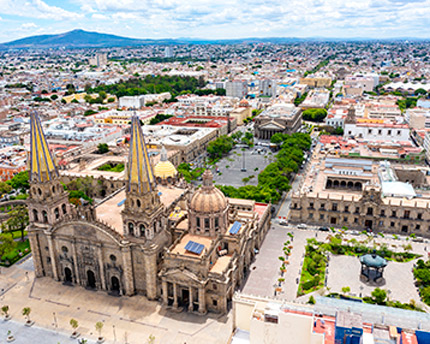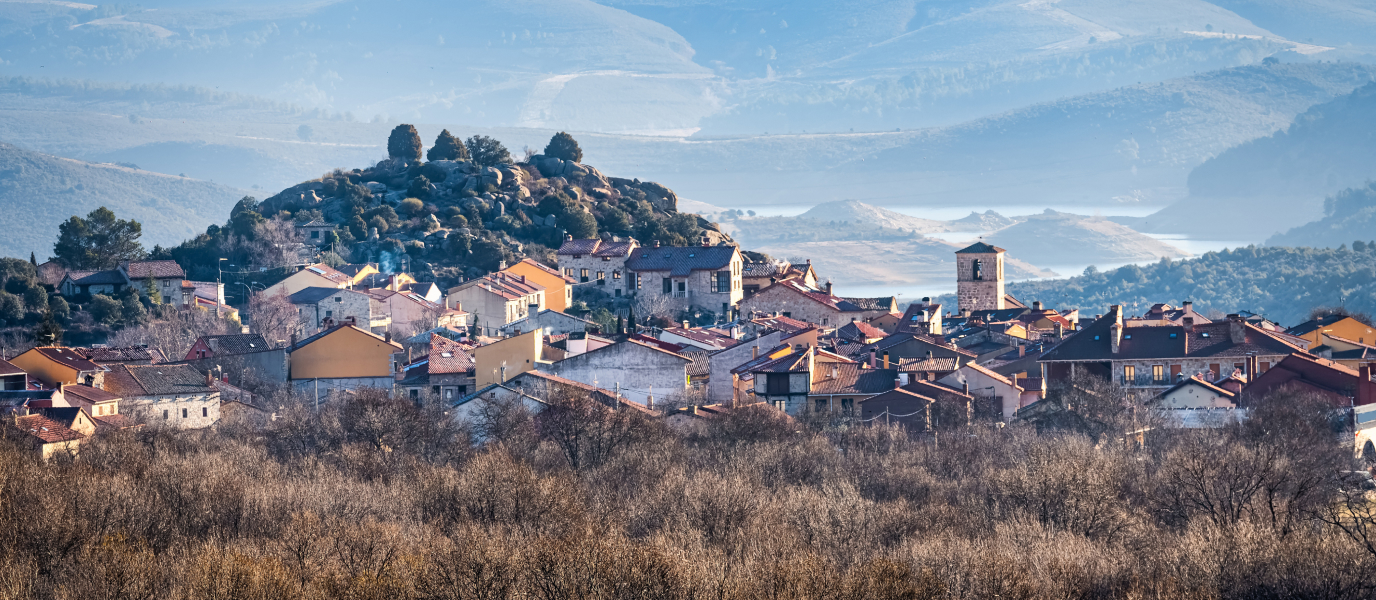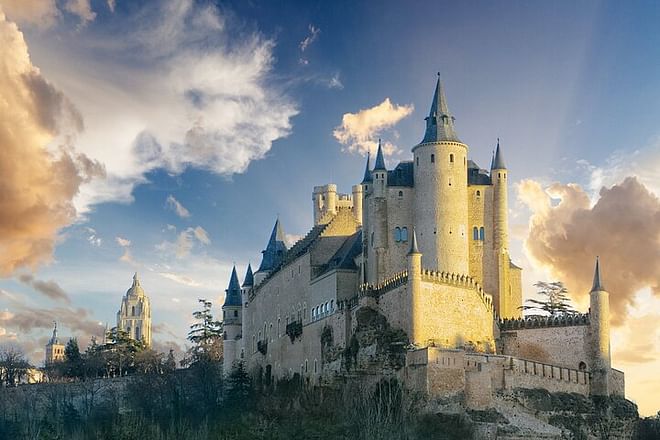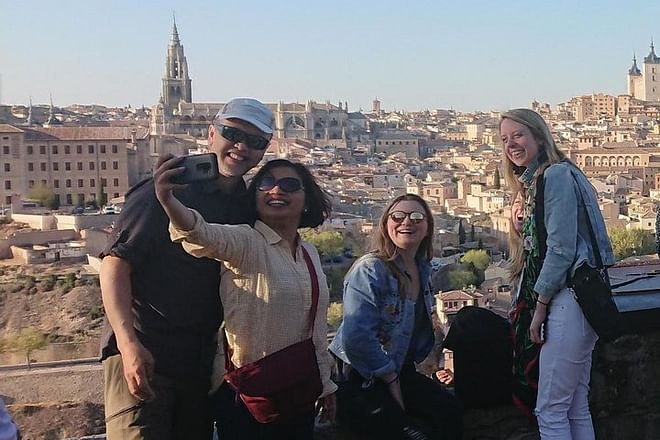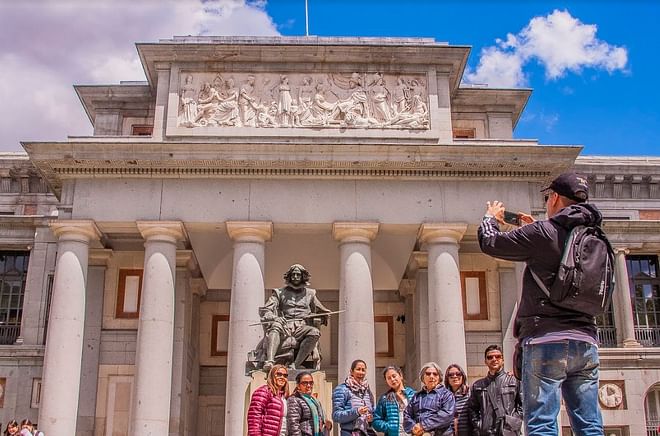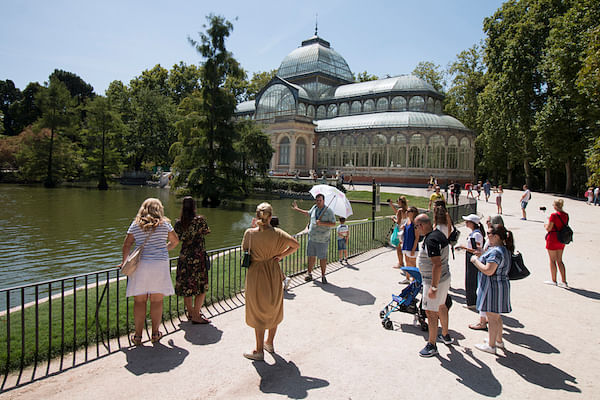Over half the territory covered by the Madrid Region lies within the Sierra de Madrid, which includes the valleys of the rivers Lozoya, Jarama, Manzanares, Guadalix and Guadarrama. This is a mountainous area, where the highest peaks of the Cuerda Larga and the Peñalara massif, both of which lie within the Sierra de Guadarrama National Park, exceed 2,000 metres in height.
VILLAGES IN THE SIERRA DE MADRID
The Sierra de Madrid has small towns and villages where time seems to have stood still, and which, in many cases, still preserve their traditional architecture.
La Hiruela
Another village that has kept its traditional stone, adobe and wood architecture is La Hiruela, a point of departure for hiking trails that include woods, springs and meadows. In time for your visit, an old flour mill has recently been restored, close to which is a recreation area reached by a path that runs alongside the river Jarama. Another trail runs eastwards, through the Dehesa Boyal [Meadow] with its oak trees and the remains of former coalmines.
Patones de Arriba
Patones de Arriba is one of the most photographed settlements. This charming small town built of slate is a heaven on earth for hiking enthusiasts. In the mid 1950s, its inhabitants decided to settle down on the plain, and so Patones de Abajo was born, leaving Patones de Arriba stranded in time. The village’s pigsties, threshing floors, cattle sheds and communal ovens can still be seen.
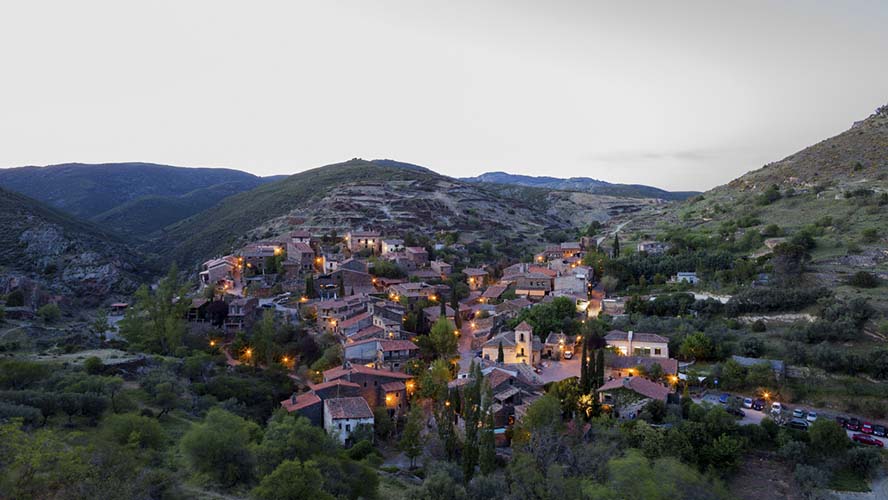
Prádena del Rincón
Prádena del Rincón preserves a large number of traditional wooden-framed buildings with stone walls, few openings to the outside, and tiled roofs. On some of the façades can be seen the round protruding shape of the bread oven—something that is very typical of the area. You will find cottages, a former bell foundry and a traditional horse shoeing frame.
VILLAGES WITH HISTORY
Santa María del Paular
Other villages in the Sierra de Madrid conceal historical treasures such as the Real Monasterio de Nuestra Señora de Santa María del Paular, the jewel in the crown of the Cuenca del Lozoya. This Carthusian monastery (whose glory years unfolded during the reigns of the Catholic Monarchs and Charles V) is in Rascafría; here you can also see the Puente del Perdón where justice was administered. From here, a hiking trail leads to two waterfalls, over 10 metres in height, called the Cascadas del Purgatorio.
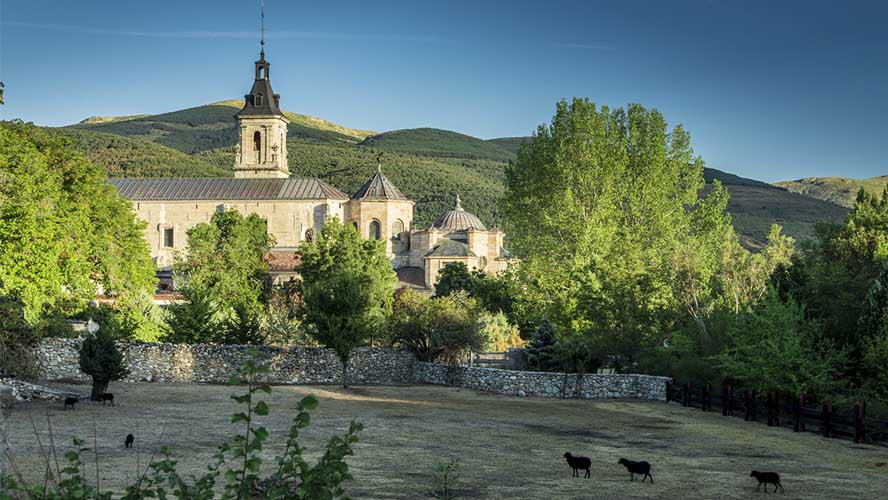
Buitrago de Lozoya
On a bend in the River Lozoya stands the town of Buitrago de Lozoya and its fortifications of Moorish origin with one of the best preserved ramparts in the Region of Madrid. The town’s old quarter has been designated a Site of Historic and Artistic Interest, and includes the Castillo de los Mendoza, built on the remains of a Muslim fortress. It soon lost its defensive role, and both the parade ground and the five towers became part of a palace. It is currently used to stage plays and concerts.
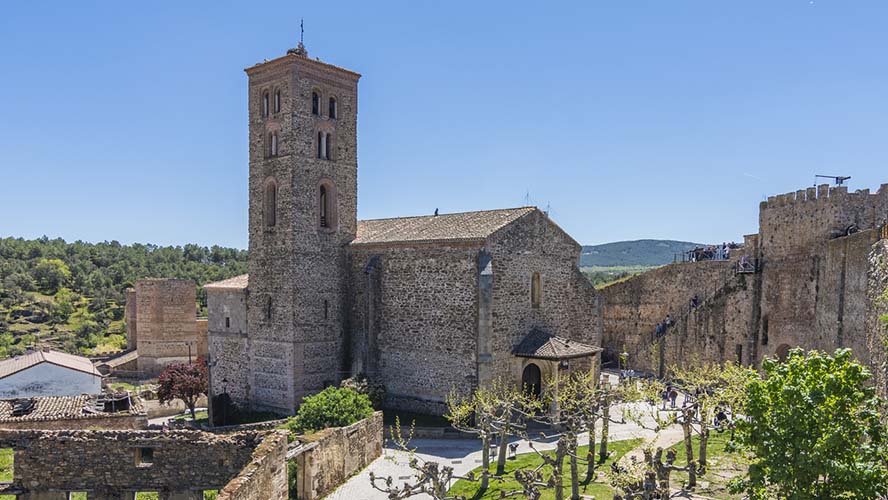
Manzanares el Real
Literally built into the Pedriza massif, Manzanares el Real’s outstanding feature is its magnificent castle. Erected on a watchtower on the Romanesque-Mudejar hermitage of Santa María de la Nava, it was constructed on the orders of Diego López de Mendoza, the first Duque del Infantado. The Castillo de Manzanares el Real has been designated a Monument of Historic-Artistic Interest, and its interior combines medieval architecture and defensive features (such as the outer wall and the angled entrance) with Renaissance architecture in the shape of splendid rooms, decorated façades and lookout towers. The castle’s grounds have been restored with a medicinal herb garden and various other crops. The castle’s garden has a labyrinth and an arena where jousts and medieval games are currently held.
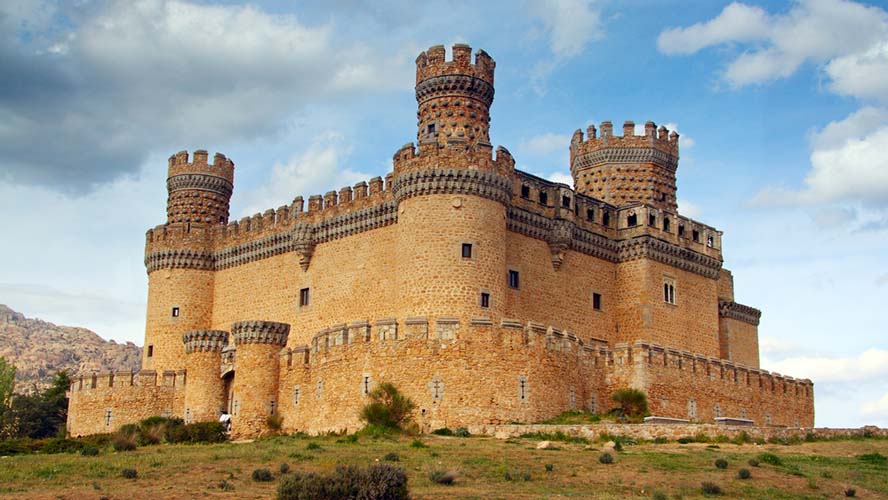
Miraflores de la Sierra
A story is told of how the young wife of Philip IV, Isabel de Borbón, changed the name of the village called Porquerizas de la Sierra [Pigsties of the Sierra] to Miraflores de la Sierra, so overwhelmed was she by the beauty of its scenery. This pretty village lies at the foot of the Pico de la Pala in the Sierra de la Morcuera. This settlement also charmed the first winner of the Nobel Prize for Literature, Vicente Alexandre, in whose honour there stands a monument in the Plaza del Álamo. The historic quarter contains nineteenth-century mansion houses.
Torrelaguna
Torrelaguna owes some of its renown to one of its most famous sons. Cardinal Cisneros, the Regent of the Kingdom of Castile (because of the incapacity of Juana “The Mad”) is a native of this town, and on his orders various monuments were constructed that today make up its historic quarter, leading it to be designated a Site of Historic and Artistic Interest. Here, too, lived María Toribia, who became Santa María de la Cabeza, the wife of San Isidro Labrador.
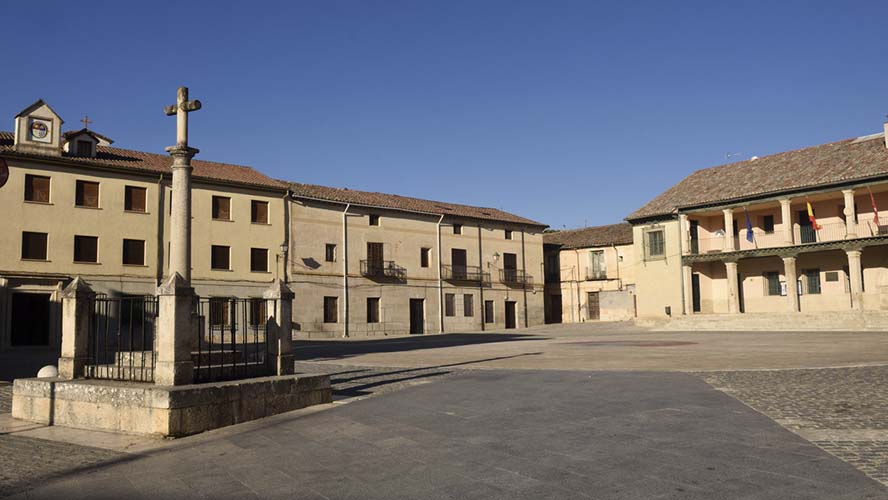
THE NATURAL WEALTH OF THE SIERRA DE MADRID
Hayedo de Montejo
The Sierra de Madrid also contains a unique natural landscape. One of the most magical settings is the Hayedo de Montejo, a beech forest that attracts hordes of visitors, particularly in autumn. It is in Montejo de la Sierra, within the Biosphere Reserve of la Sierra del Rincón. Only a limited number of visitors are permitted daily, and admission is allowed only through free guided walks. You need to get a permit, which you can apply for online.
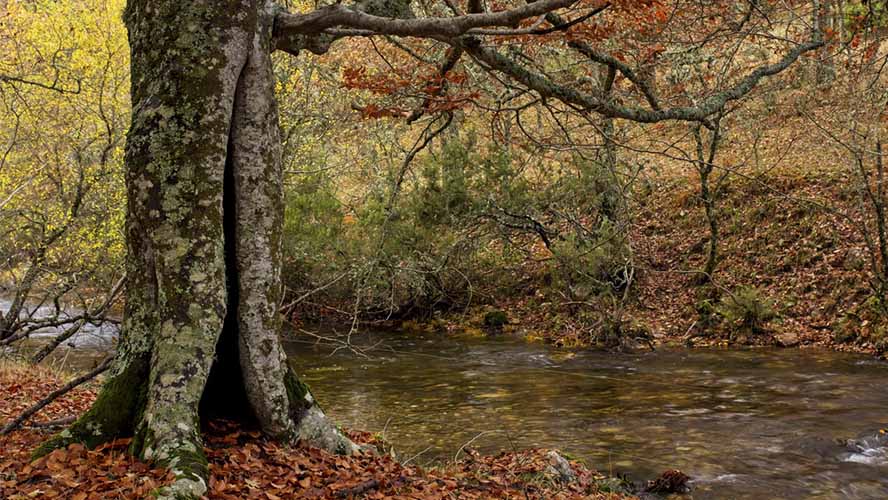
Abedular de Somosierra
Less well known is the Abedular de Somosierra [birch forest], a botanical relic that survives from the glacial age. This is a closed-in, damp valley where a huge variety of species grow, including hollies, oaks, cherry trees, hazels, sorb trees and, particularly, birches.
La Pedriza
Another, totally different landscape can be found in La Pedriza, with its imposing granite rock faces, nowadays a magnet for climbers and sightseers, but which in the past provided a hideout for bandits.
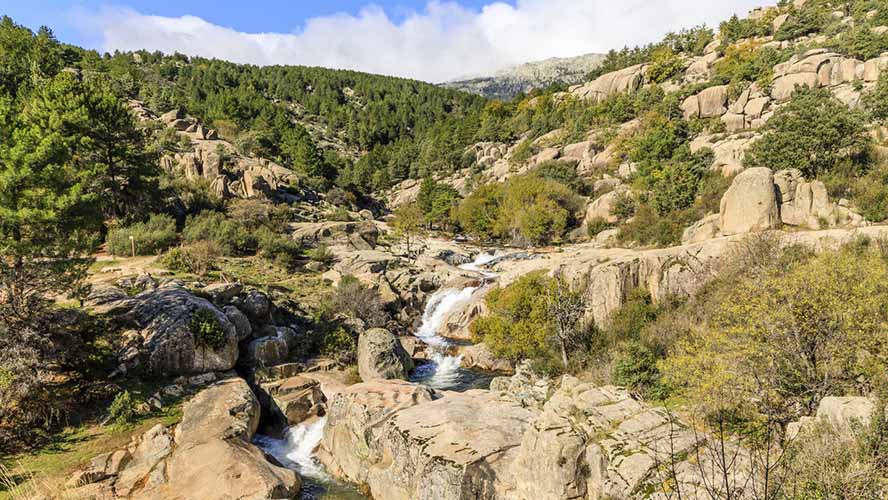
Pico de Peñalara
As you approach the mountain peaks, the landscape changes once again. On the Pico de Peñalara, the three small cirques and twenty or so lagoons of glacial origin take hiking enthusiasts by surprise. This area is reached from Puerto de Cotos.
In a nutshell: hiking trails in natural landscapes within a stone’s throw of Madrid, and dotted with little Sierra de Madrid villages full of rural charm.





































































